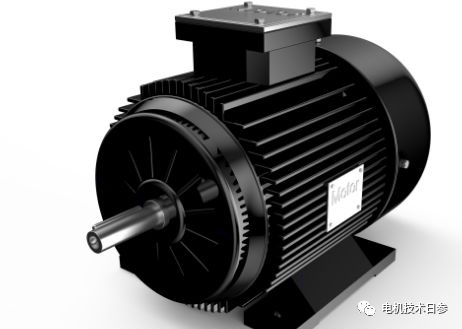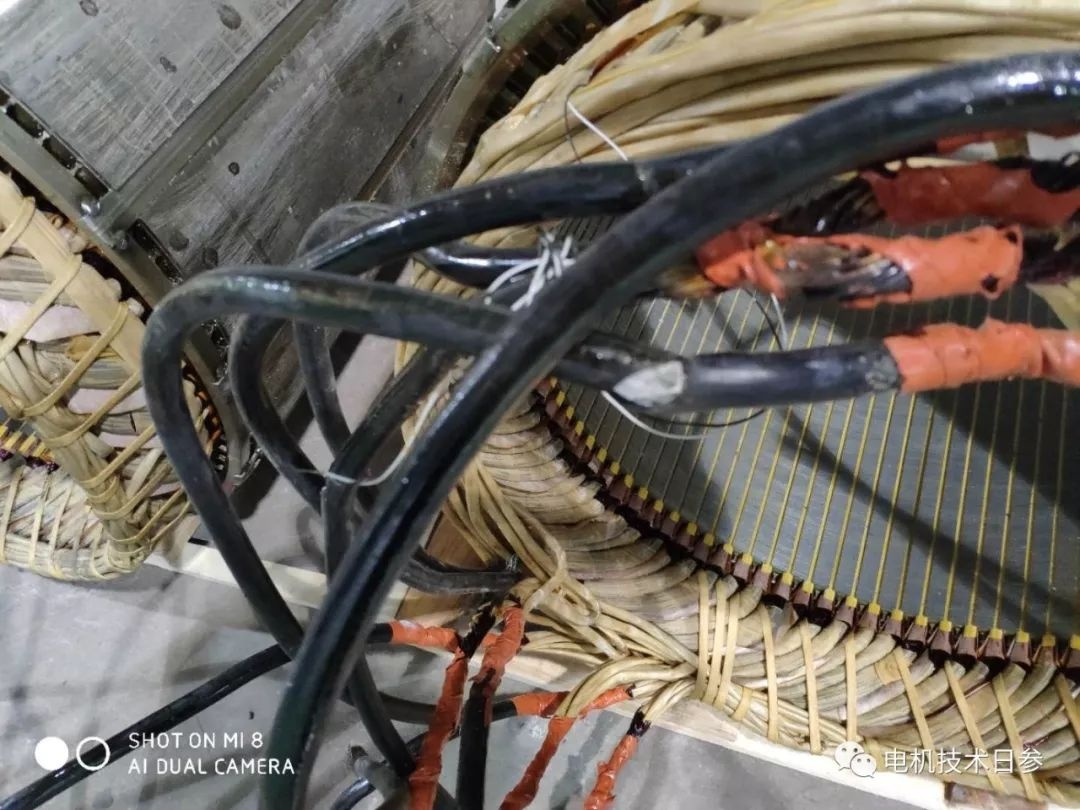![]()
Among the raw materials for motor production, there is a material that is not used in a large amount but is very important, which is the lead wire that is directly connected to the motor winding and is directly related to the final wiring of the customer. Everyone on the motor is called its lead wire. For the convenience of communication, Ms. Can may wish to communicate directly with you through the lead wire.
The motor lead wire also involves a heat-resistant temperature requirement. In addition to the lead wire core diameter and wire core material meeting the conduction requirements, another very critical requirement is the compliance of the lead wire insulation layer. More often, motor manufacturers choose JBQ leads. The main reason for the choice may be related to the thickness of its insulation layer, which may avoid the problem of insulation damage caused by rough parts during production and processing, but for compact motors, because of its Due to the factors of installation space, it is often necessary to select lead wires with a heat resistance level that meets the requirements and a relatively thin insulation layer (such as JG lead wires). In this case, the material requirements for the lead wire insulation layer will be higher. The insulation layer should meet the heat resistance, corrosion resistance, and mechanical and electrical performance requirements at the same time. We would like to remind the lead wire manufacturers that the cost control must be premised on compliance, especially for motor leads with different manufacturing processes. Requirements are more important.

When the motor lead wire is impregnated with the winding, it means that the lead wire must have the ability to withstand impregnation, which is also the difference between the motor lead wire and ordinary cables. For manufacturers of wires and cables, they should be clear about the working conditions of wires and cables. That is to say, for cables for motors, they should combine the actual production processes of different manufacturers to provide products that meet the requirements. The relevant technical requirements should be communicated with the supplier.

For the dipping process with lead wires, in addition to the performance requirements of heat resistance, the lead wires must also meet the heat resistance and dipping resistance of the dipping paint drying process during production and processing. If any performance of the lead wire does not meet the requirements, it will be reflected in the production and processing process; once the problem occurs, it will be troublesome to deal with it later, and the motor product will also increase some quality risks. Therefore, the early communication between the two parties is particularly important.Supply and demand, quality and cost are always a pair of contradictions that are unified and opposed to each other. Any manufacturer will control product costs, but cost control based on the premise of quality compliance is meaningful.





























 XINDA
XINDA